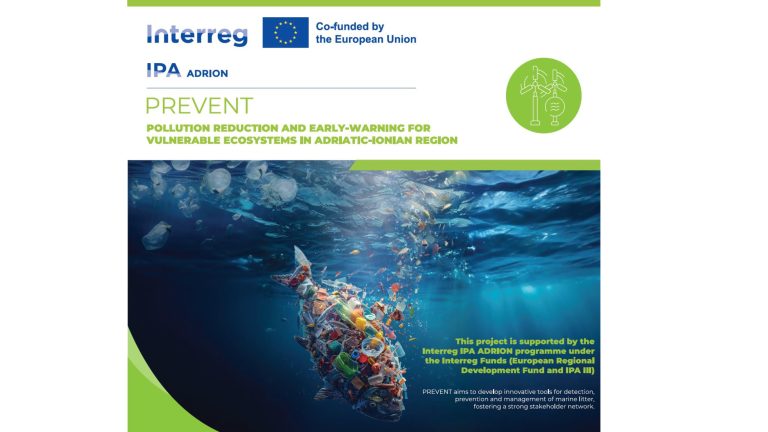SeaCras: The impact of marine pollution prevention
SeaCras, an innovative company in the field of marine technologies, has recently initiated a new endeavour to publish its community engagement actions and best practices in sustainability demonstration by actors in the cruising industry, as well as in maritime transport and tourism.
SeaCras will publish its system implementations at the United Nations OceanPrediction Atlas. This is a significant step for the organization, which aims to make its use cases available on a global platform of great impact, thus contributing to a sustainable future for the oceans of our planet.
SeaCras App
Prevent Plastic
The OceanPrediction Atlas is a valuable resource that collects and shares data and insights for managing the marine environment and improving conservation strategies. SeaCras, known for its commitment to applying advanced scientific solutions and open data for marine environmental protection, has recently begun publishing updates on its projects and results obtained through the use of its systems. The company is committed not only to monitoring the ocean but also to ensuring active community involvement in conservation and restoration projects.
So far, two key use cases have been published that highlight the effectiveness of SeaCras’ solutions:
1. Emissions Monitoring and Transparency in Zadar Cruises. One of the most significant projects is the collaboration with Zadar Cruise Port, Global Ports Holding to measure the marine emissions from cruise ships. This initiative is part of a long-term conservation effort of the Zadar coastline, an effort set by General Manager Rebeka V. Pevec. Jointly Zadar Cruise Port and SeaCras technology, the collected data that allowed for evaluating the environmental impact of cruise activities on the health of the marine ecosystem. The initiative, which lasts for almost two years, not only promotes transparency but also fosters local community involvement, making citizens an active part of the conservation and awareness process.
2. Monitoring Algal Blooms in the Istrian Peninsula. Another example of SeaCras’ ability to support the environment is the continuous monitoring of the western coast of the Istrian Peninsula, aimed at tracking the migration of algal blooms. These blooms can have devastating effects on the marine environment and local economies, particularly for fishermen, hotels, and destination management organizations (DMOs). Thanks to SeaCras’ technology, these natural phenomena can be monitored in real-time, providing crucial information to protect marine resources and support local economic activities.
3. Detection of the plastic pollution on Adriatic and Ionian. Sea SeaCras is responsible for detecting plastic pollution, both floating offshore and accumulating on beaches and in port areas. This action is part of the cross-border project PREVENT, under the Interreg IPA ADRION Programme, where 10 partners across the Mediterranean Sea have joined forces to create efficient national and regional strategies, plans, and systems to prevent plastic pollution from harming our fragile marine environment.
SeaCras
SeaCras App
SeaCras is committed to fostering community engagement through the principles of open science and open data. By making its collected data accessible, SeaCras empowers individuals to understand environmental impacts and contribute to solving global environmental challenges. This emphasis on data sharing plays a crucial role in promoting sustainability and integrated natural resource management.
SeaCras continuously optimizes and develops innovative solutions for efficient marine monitoring, demonstrating how technology can protect ecosystems and improve the quality of life for communities reliant on the sea. Each advancement reflects its dedication to innovation and its mission to address global challenges in marine environmental conservation. The future of the oceans lies in the hands of those willing to commit to protecting them, and SeaCras is determined to do its part. With the goal of supporting conservation initiatives and promoting greater global awareness, SeaCras represents a model of how technological innovations can make a difference in protecting our natural resources.
Don’t miss news, updates, and reviews on the world of cruises on Cruising Journal, with photos, videos, and special cruise deals.




